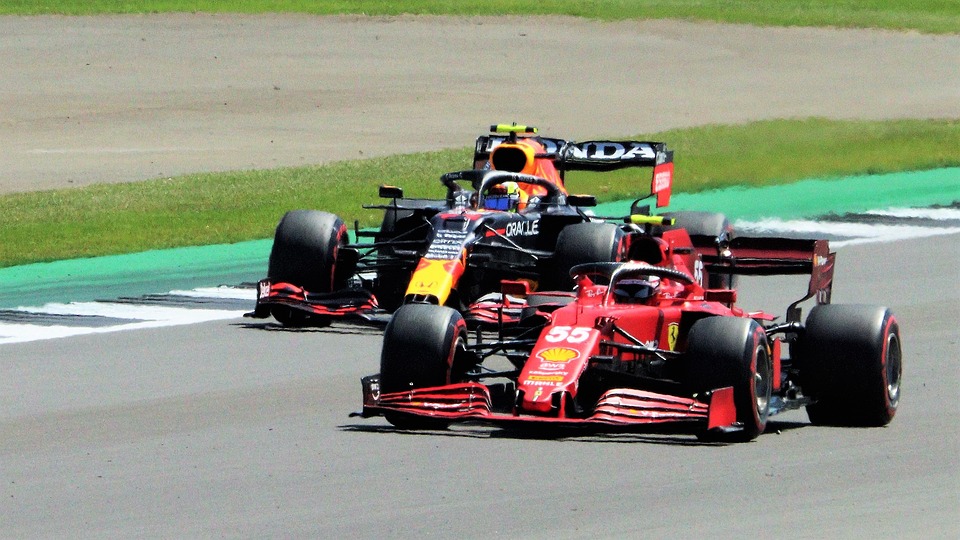To truly understand the complexity of the first thoracic vertebra, it is essential to explore its anatomy in detail. Let us take a comprehensive look at the key components that make up this vital part of the spine.
The first thoracic vertebra is characterized by its distinct features, which set it apart from the other vertebrae in the spine. One of the most notable characteristics of T1 is its size and shape. It is larger and broader than the cervical vertebrae but smaller than the lumbar vertebrae, making it a unique transitional vertebra in the spine.
The T1 vertebra consists of several key structures that play a crucial role in its overall function. These include the vertebral body, vertebral arch, transverse process, spinous process, articular processes, and intervertebral discs. Each of these structures serves a specific purpose in supporting the movement and stability of the spine.
The vertebral body of T1 is the large, oval-shaped structure that forms the anterior portion of the vertebra. It serves as the main weight-bearing component of the vertebra and provides support for the head and upper body. The vertebral arch, on the other hand, consists of the pedicles and laminae, which enclose and protect the spinal cord.
The transverse processes of T1 are bony projections that extend laterally from the vertebral arch. They serve as attachment points for muscles and ligaments that support the spine and facilitate movement. The spinous process is a bony projection that extends posteriorly from the vertebral arch, providing further support and protection for the spinal cord.
The articular processes of T1 are small, bony projections that form joints with the adjacent vertebrae. These joints allow for movement and flexibility in the spine, while also providing stability and support. Finally, the intervertebral discs are fibrocartilaginous structures located between the vertebral bodies, which act as shock absorbers and facilitate movement in the spine.
In addition to its structural components, the first thoracic vertebra also plays a crucial role in supporting the function of the spinal cord and nerves. The spinal cord runs through the vertebral canal, which is formed by the vertebral arch of T1 and the other vertebrae in the spine. This canal provides protection for the spinal cord, ensuring that it remains safe and undamaged.
Overall, the first thoracic vertebra is a complex and vital part of the spine, with unique anatomy and structure that support the movement and stability of the body. By exploring its anatomy in detail, we can gain a deeper understanding of the role that T1 plays in maintaining the health and function of the spine.






























Add Comment